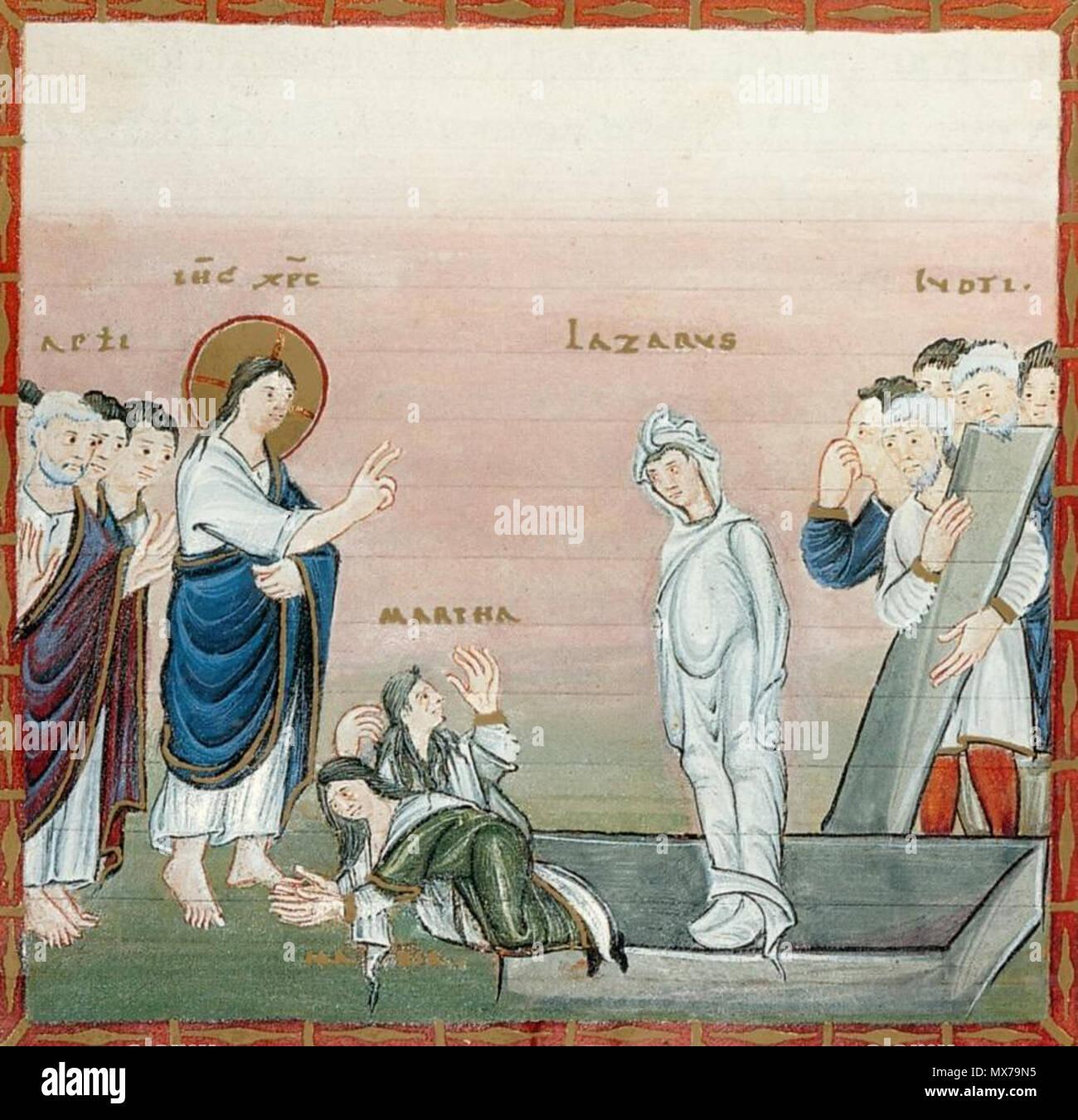The Significance of Lazarus in Literature and Culture

Introduction
The figure of Lazarus, known predominantly as a biblical character who was raised from the dead by Jesus, has been a symbol of resurrection and hope throughout history. His story, rooted in the Christian tradition, transcends mere religious narrative, influencing various aspects of literature, art, and popular culture. Understanding the relevance of Lazarus encourages deeper reflection on themes of renewal and the human experience of loss.
Lazarus in Religious Context
The story of Lazarus is found in the Gospel of John (11:1-44), where he is described as a close friend of Jesus who dies and is resurrected after four days. This miraculous event is widely interpreted as a demonstration of Jesus’s power over life and death, reinforcing faith among believers. Lazarus’s resurrection has led to numerous theological discussions about the nature of miracles, eternal life, and the significance of faith.
Literary and Artistic Representations
Lazarus’s influence is also prevalent in literature. The narrative has inspired countless authors and poets, leading to adaptations in various genres. Notably, Dante Alighieri references Lazarus in his Divine Comedy, wherein his resurrection serves as a symbol of divine mercy. In modern literature, Lazarus often represents not just physical resurrection but also emotional and spiritual rebirth. Works such as John Steinbeck’s “The Grapes of Wrath” hint at the plight of the human condition, drawing parallels to the hope symbolised by Lazarus.
Lazarus in Modern Culture
In contemporary times, the figure of Lazarus has found its way into film, music, and popular narratives. The term ‘Lazarus’ is frequently used in the context of someone returning from despair or hardship, illustrating the archetype of the survivor. Recent cinematic adaptations and shows, such as the horror film ‘Lazarus Effect,’ reinterpret this original tale through a modern lens, incorporating themes of regeneration and ethical dilemmas surrounding life and death.
Conclusion
The enduring legacy of Lazarus reaches far beyond its biblical origins, permeating various cultural and artistic expressions. His story not only resonates deeply with themes of hope and renewal but also encourages discussions about mortality and the transformative nature of grief. As society continues to grapple with concepts of life, loss, and rebirth, the symbolism of Lazarus remains ever-relevant, igniting inspiration and contemplation in both religious and secular contexts. As we navigate our own challenges, the story of Lazarus invites us to believe in the possibility of new beginnings.
